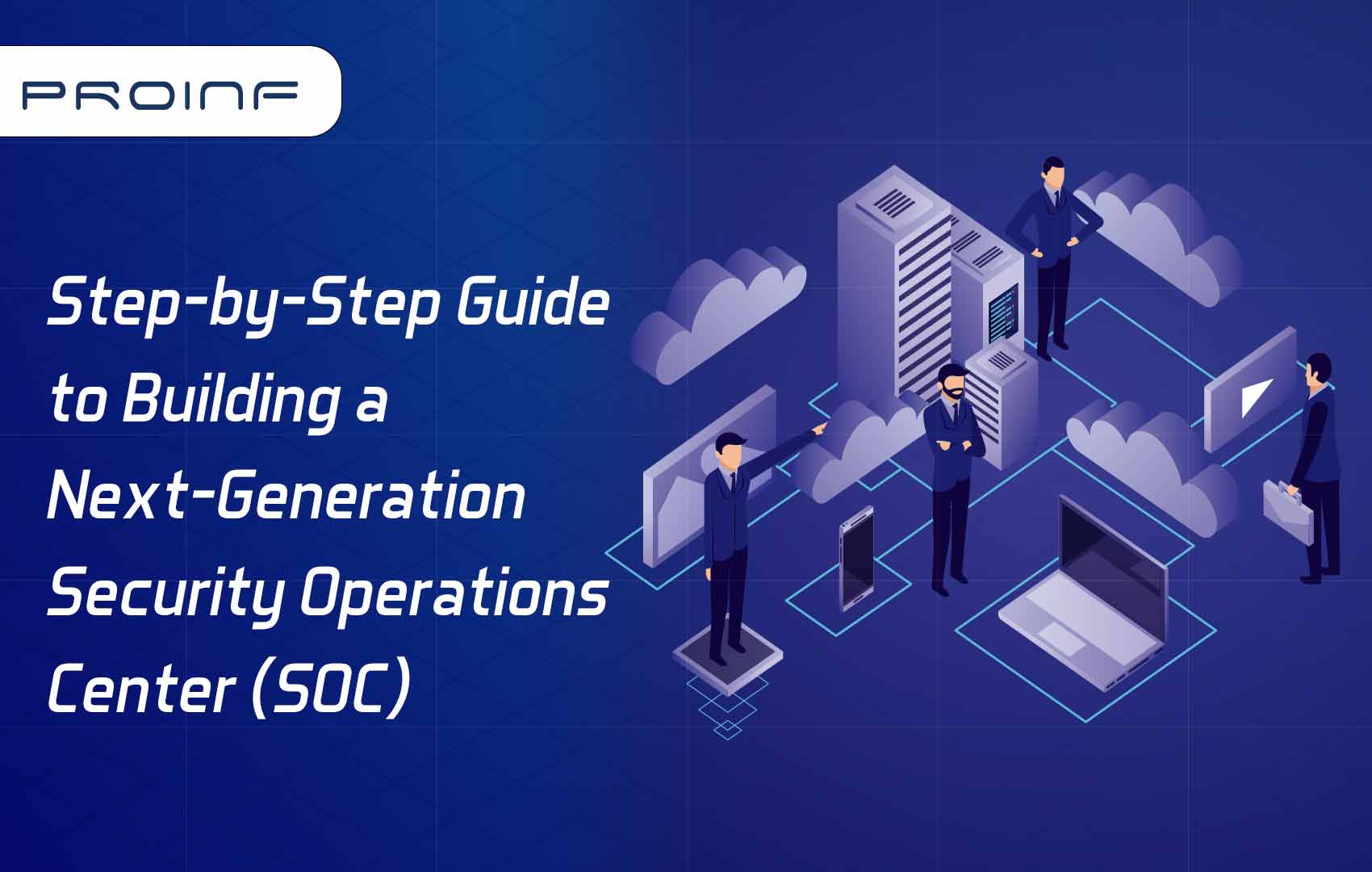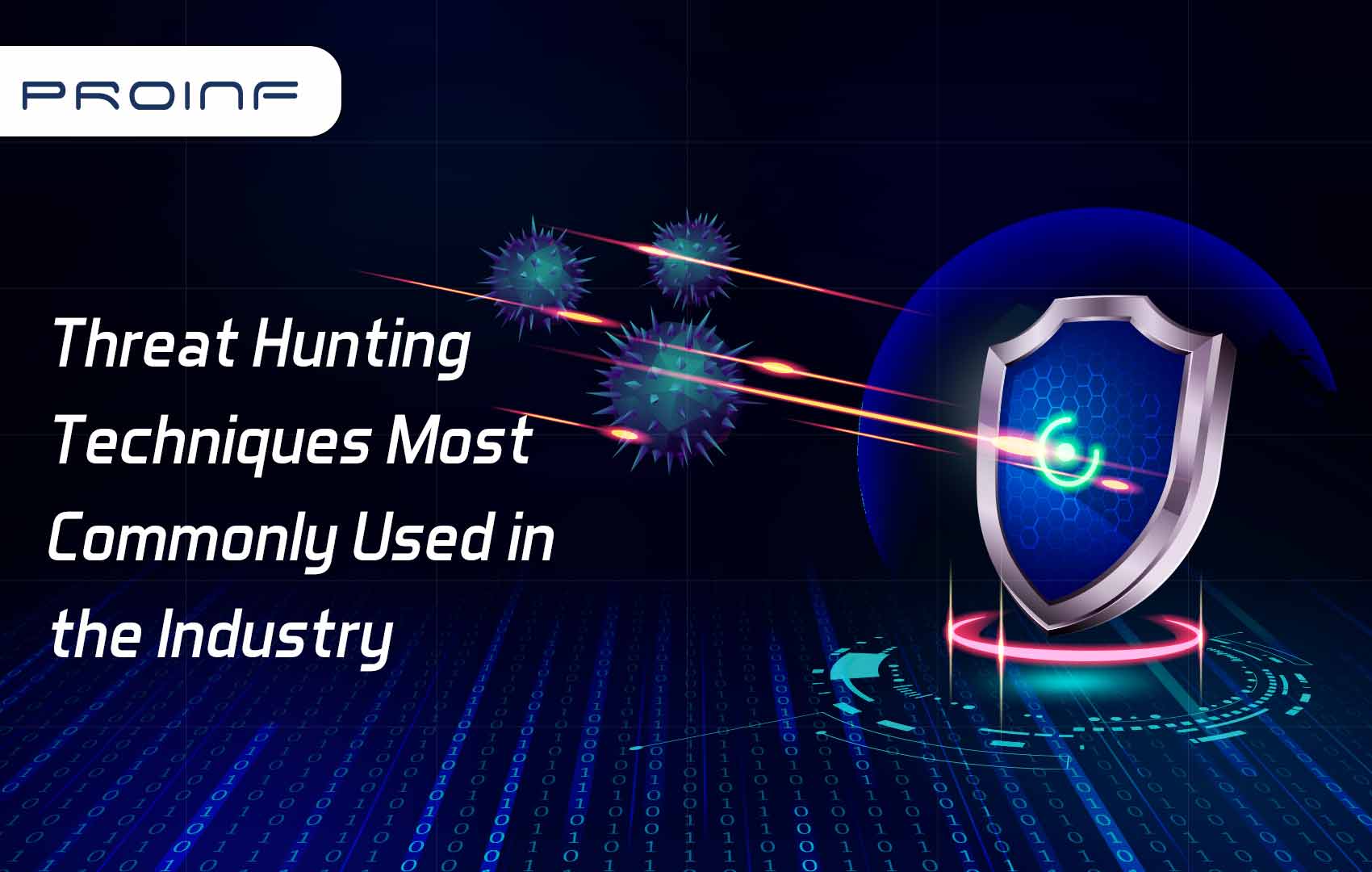5 Key Benefits - Why Should Enterprises Migrate From Physical To Virtual Servers
“One way to understand human progress is to look at how technology has made products and services — once reserved for the elite — progressively more accessible and affordable.” - Dan Schulman, president, and CEO of PayPal
Do you believe that you may increase the value of your hardware and software investments by using virtualization?
Two of the common ways to host a website or application are physical and virtual servers. Let’s understand how Physical to Virtual Migration is beneficial to us
What is Physical to Virtual (P2V)?
According to tech target, the transition of physical machines to virtual machines(VMs) is referred to as "physical to virtual" (P2V), sometimes known as "hardware virtualization." When leveraging a P2V migration strategy, developers convert their physical world into a digital one.
P2V is a popular method for virtualizing servers, with the help of this strategy, businesses consume less hardware and physical space and gain more advantages of virtual machines, including greater flexibility due to virtual machines' ability to run on several platforms. It is also well-known as a method for Mac users to use Windows programs. In this manner P2V allows users to operate their VMs work indefinitely all the time and provide resources required to operate the application without any difficulty.
Migration Methods
Any Kind of workload can be migrated from physical to virtual using these two common methods:-
Hot Migration
In this form of migration method, source servers are migrated online, in other words, converting a machine while it is in the powered-on state. This migration kind is commonly used for static data.
Cold Migration
The term "cold migration" describes a type of migration in which the source server will be taken offline. In other words, it refers to a source machine that is powered down and is migrated. The suggested migration technique for dynamic data, such as AD and SQL.
Key Benefits of Migration from Physical to Virtual Server
Are you also tired of the additional costs of updating the Hardware infrastructure? Wondering What should we do to reduce the physical footprint? There are many benefits of migrating to the virtual server in a virtual environment which answers all the questions
- Reducing Hardware Infrastructural costs - With the fast-evolving technology infrastructure requirements bring additional costs to maintain efficiency. When compared to actual servers, virtualization encapsulates the underlying hardware and offers greater flexibility, higher performance, and proper resource allocation & usage.
- Reducing Physical Footprints - By migrating from the physical to a virtual server one can minimalize energy. With decreased energy usage, efficient use of resources, fewer networking components, and of course fewer racks required, server consolidation through virtualization will lower the total footprint of the physical infrastructure. The corporation will save a lot of money as a result of all these worthwhile factors.
- Journey to the cloud - Cloud is the next step in the space of virtualization. The first step to the cloud is switching from physical infrastructure to a virtualized environment. And from a virtual environment users can effortlessly migrate to public clouds like Azure & AWS.
- Easy Management - Unlike a virtual environment, where all virtual machine consoles may be accessed from a single login, the traditional method requires you to access separate servers in order to access the operating system and applications. Virtual infrastructure is much simpler to administer than conventional physical infrastructure.
- Structural Lifespan - Physical infrastructural hardware will inevitably deteriorate. Virtual machines are much more durable since they are isolated from the underlying hardware. The VM can be moved to a new host as the old one ages, becomes obsolete, or dies. Moreover, VMs can run on multiple systems which makes migration quite effortless.
Best Practices in P2V Physical to Virtual Migration
- Make sure your physical server has all the most recent upgrades before starting the migration process.
- Make sure that any running services are terminated before the migration procedure has started.
- To guarantee that the migration process is completed as quickly as possible, perform a disc defragmentation procedure.
- Changes to the physical server should be avoided in case a rollback is suddenly required.
- Disable the Firewall and the antivirus software program.
- Make sure to use the VMware converter's "latest version" at all times.
- Active Directory Domain Controller conversion via hot migration is not advised.
- Before beginning hot migration, it is strongly advised that you halt all programs and services that might write data to drives.
- Make that the program is compatible with the VM; otherwise, server issues may arise.
- If the VM server doesn't satisfy the needs of the application, users may experience performance dips.
- Make sure no external devices / legacy drivers are connected to the source machine.
- For Critical Application/workload, prefer to have dress rehearsal migration.
Checklist for Physical to Virtual Migration
- Gather Information/Assessment/Discover Datacenter dependencies - It is crucial to have a complete list of the physical servers and devices that need to be transferred with their detailed information. There are two ways to obtain information about physical and virtual servers and computers. Manual methods come first, followed by computerized methods.
- Get in touch with key stakeholders - start talking to business stakeholders, IT developers, server and application teams, software vendors, and Microsoft partners. You will need their input for migration planning, and to understand potential pitfalls and the criticality of your solution or line-of-business (LOB) application.
- User Account Control(UAC) - Must turn off the user account control and if the user is logged in as a member of the local Administrators group then make sure to disable the UAC. To make the changes effective, the user must reboot the system.
- Physical Machines Hardware and Software Inventory - Remove all of the system's useless and outdated software. From the physical machine, remove any associated Pen drive or any other removal disc and legacy drivers
- Validate Network Configuration - Check network configuration and listout the dependecies related.
- Security Compliance - The user must be a local administrator or root user on Windows or Linux. Verify that there are no pending Windows updates that need to be installed. Utilize patches and updates to update the Windows operating system and programs. Make sure Security compliances are followed and enabled on Target Machine.
- Performance metrics of your current IT Infrastructure - Performance assessment helps you with consolidation and virtualization planning by generating reports on performance and consolidation recommendations for your servers. Use performance metrics captured both before and after the virtualization to estimate your server utilization.
Conclusion
It can be difficult to move a workload from the physical servers from one hardware platform to another but with the virtual servers migration from the platforms is very easy and can be done online. Before performing P2V conversion, an organization should compare the benefits of virtual and physical servers.P2V methodologies do come with challenges, like configuration issues, legacy hardware, and many other kinds of risks. But they are more beneficial than the physical servers they reduce the physical footprints, and bring hardware aging down. Virtual servers are the first step towards clouds and have much easy management than physical servers. Once an organization migrates towards virtualization then multiple hypervisor options open for them.


